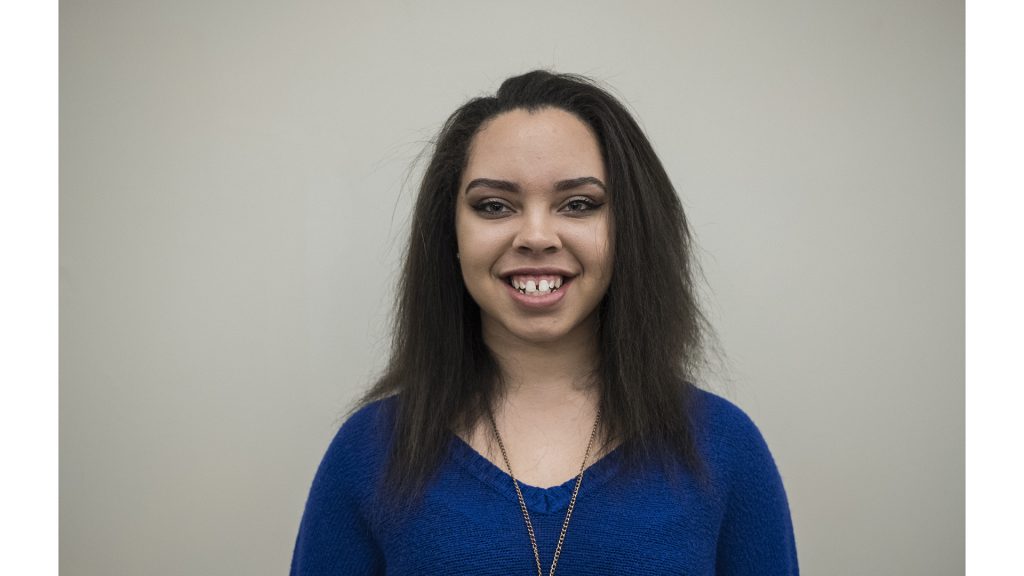Affirmative-action policies pioneered by the Obama administration remain a topic of controversy in politics. On July 3, the Trump administration decided to reverse seven affirmative-action policies regarding the consideration of race as a factor in the diversification of campuses in an effort to remain “race-neutral” on education applications for enrollment — similar to George W. Bush’s policies.
This decision is wrong and unjust. Without affirmative action, students of color will struggle even more than they previously did in applying and being accepted into colleges. Across the United States, college institutions are primarily white by a landslide. This causes students of color to flounder in new and uncertain environments where they feel ostracized and isolated.
After making this decision, the Trump administration provided no guidance for educational institutions on how to interpret the new guidelines Trump has set. That is dangerous. According to a statement from Rachel Kleinman, NAACP Legal Defense Fund senior counsel, in The Washington Post, she fears the lack of guidance from the Trump administration “might chill school districts from doing anything at all.” Kleinman believes, “Those districts will no longer be able to rely on the Education Department, she said, to help them craft a policy that complies with the Supreme Court’s decision.”
It is my belief that this inability to see and understand a clear path guiding institutions on how to navigate race in admissions, unlike the Obama administration in 2011, could lead to halted progress in diversity. This can also lead to heightened isolation of a particular race, that race being white, in colleges and universities across the nation, including the University of Iowa.
The UI is definitely one of the more progressive universities when it comes to efforts in diversity and inclusion. The UI has more than 30 recruitment programs for Latino students, along other minorities, and 25 programs for underserved populations with 12 scholarships programs for minority students, as listed on the Diversity at Iowa website. However, despite these programs and the university’s effort to be diverse and inclusive, the university is still predominantly white as of the fall of 2017. The total percentage of minority students at the university is a meager 17.8 percent.
Peter McDonough, vice president and general counsel of the American Council on Education, said, “The message — but not the law — could be that if you take race into account or ethnicity into account as one of the several factors in your review process, you’re going to be challenged.” Meaning that despite the administration’s decision to revoke affirmative-action policies, the administration does not carry the legal weight of court rulings but can still invoke fear that should colleges consider race in admissions, they could be sued or targeted by the administration.
RELATED: Brown: We need affirmative action until society changes
According to a statement from Derrick Johnson, NAACP president and CEO, “By encouraging schools to not consider race during the admissions process … President Trump is undermining the benefits of diversity in schools, accelerating the socioeconomic divide, and rolling back access to quality education for all students … Our world is made up of people of many colors; therefore, students should learn and grow in an environment that depicts this reality.”



